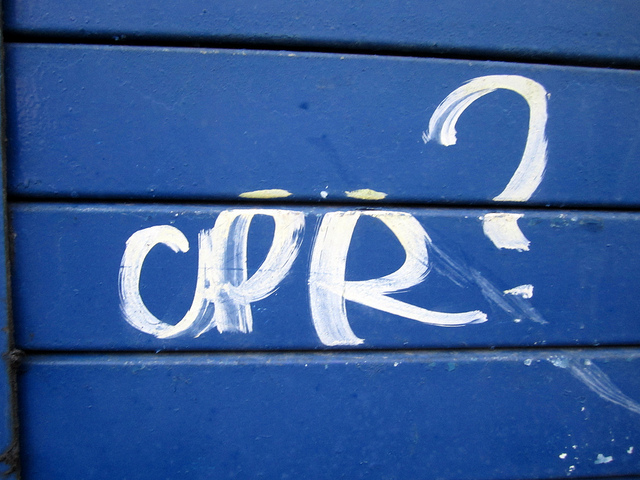
CPR training may not seem important to you now, but there might just come a time in your life when it’s needed. The last thing you want to be is unsure of what to do in a gut wrenching situation. In order to avoid the chaos and confusion, here’s some information about the ins and outs of CPR and CPR classes.
What is CPR training
Most of the time, you’ll find that CPR classes are often consume the length of a day and then you’re done. Though this may not seem like enough time, you’ll find that because of a clear and easy to understand course outline, you’ll gain all of the knowledge that you need reasonably quick. Unlike a normal school course however, you’ll not only be learning out of a book, but also using a dummy to practice your new found skills on. This training allows for a complete understanding of what needs to be done when, making it easier for you to retain the knowledge for future use.
Generally each class starts with the instructor speaking about CPR itself and its importance. Then each student is given a manual with detailed, step-by-step instructions on the entire CPR process. These instructions tend to be filled with pictures as well, helping to make them as clear as possible. Then it’s video watching time before performing the actions yourself on a dummy.
Where can you participate in a CPR class
There are a few different companies that offer CPR classes. If you live in or near a big city, you’ll find many more options compared to those offered in more rural areas. Big cities like Houston offer lots of CPR training, there are numerous classes that offer this service and many of the CPR classes Houston has on offer are within just a few miles of each other. Others ways to train are through government sponsored classes and the American Red Cross. Generally speaking, you can find several different classes offered each month, some weekly, allowing you to better fit one into your schedule.
High schools are also participating more and more in CPR training while offering classes to their students on a sign up basis. This is repairing more and more younger people for the possibility of having to help someone in need down the road.
Other ways to train
In addition to taking a class at a center of some sort, you can also view training material on-line or rent a DVD from your local library. If using your local library as your training material resource, you’ll have access to various books and DVDs, though these training materials do not mean that you are certified. However, they are a great alternative if you can’t make it to a CPR training class anytime soon. Another option is to venture on-line and complete an internet CPR certification course. Again, this is a great alternative if you can’t make it to a scheduled class near you, but you’ll still want to make on-site classes your number one goal as they are the only ones that offer person to person conversation on the subject as well as hands on experience.
When people normally bring up medical cerfications, they either think of nursing school, paramedic training or first aid classes. Though first aid classes are important and a great source of information, CPR training is just as important. It’s also something that can easily save a life.